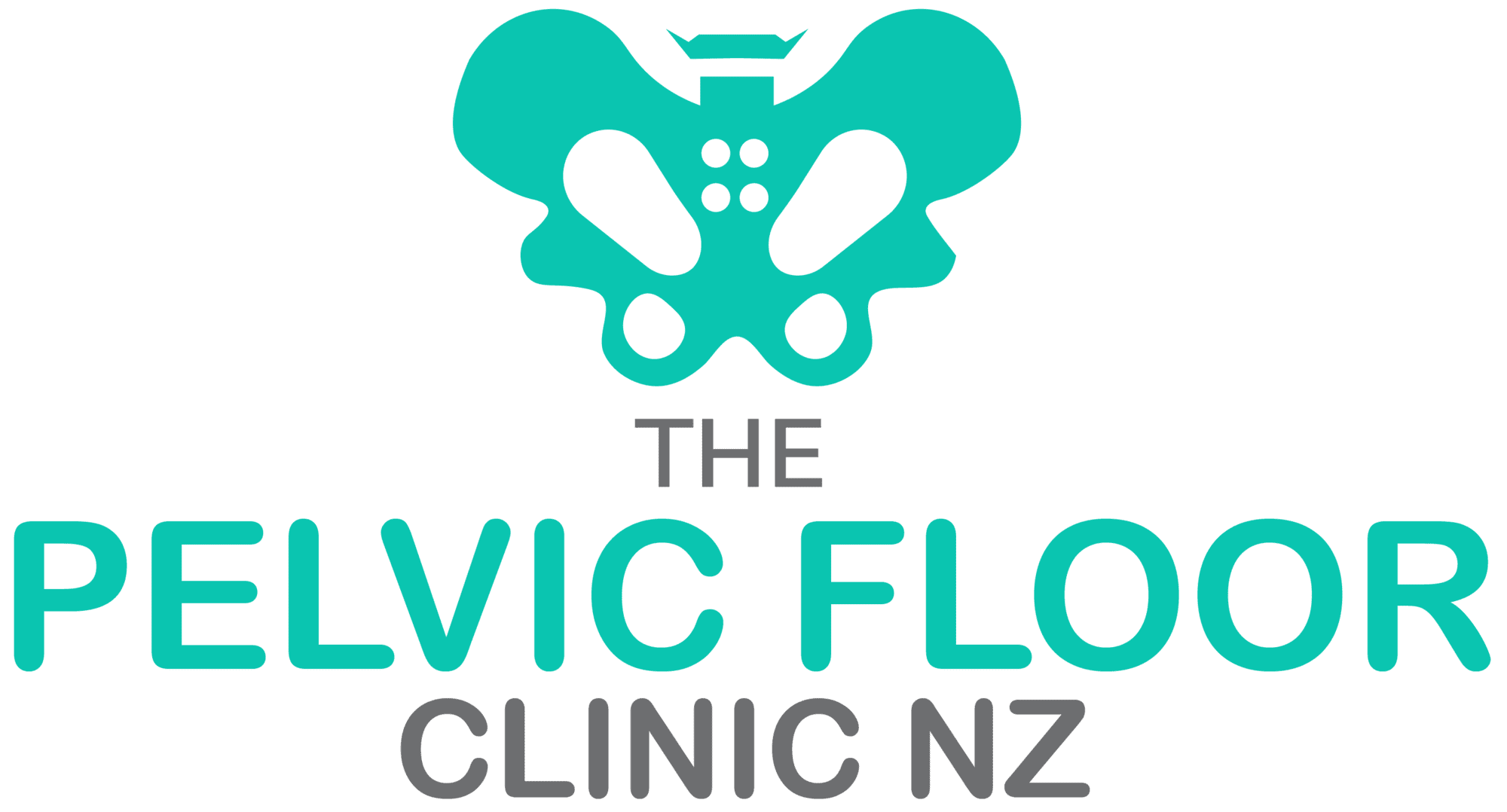Undergoing pelvic organ prolapse surgery is often a significant step toward improving a woman’s quality of life. However, for some patients, the journey doesn’t end there. Many women experience persistent urinary incontinence even after prolapse and anti-incontinence surgeries. This condition can be frustrating, affecting both physical and emotional well-being.

Now, there’s new hope for these patients. A recent study highlights the effectiveness of High-Intensity Focused Electromagnetic Field (HIFEM®) treatments in managing persistent urinary incontinence. Over six months, participants experienced substantial improvements, showing that HIFEM is not just a promising option—it’s a life-changing solution.
Understanding HIFEM Technology
What Is HIFEM?
HIFEM stands for High-Intensity Focused Electromagnetic Field, a non-invasive technology that stimulates deep muscle contractions using electromagnetic pulses. Unlike traditional pelvic floor exercises, HIFEM delivers supramaximal contractions—muscle activations that are stronger and more efficient than what the body can achieve naturally.

How Does It Work?
During a HIFEM session, a device targets the pelvic floor muscles, stimulating thousands of contractions in just 30 minutes. These contractions rebuild strength, improve coordination, and help regain bladder control. For women dealing with incontinence after prolapse surgery, it’s like hitting the “reset” button on pelvic health.
The Study: Real Data, Real Impact
This groundbreaking study, conducted by Dr. Manish Gopal at the Center for Urogynecology and Reconstructive Pelvic Surgery in New Jersey, followed 50 women aged 36 to 79 who had undergone pelvic organ prolapse surgery.

Study Design
Participants were divided into two groups based on their delivery history:
- Up to two deliveries.
- Three or more deliveries.
Each participant received six HIFEM treatments, administered twice a week over three weeks.
Results were tracked over a six-month period using the Bristol Female Lower Urinary Tract Symptoms Short Form (BFLUTS-SF) questionnaire, which evaluates a wide range of urinary symptoms and their impact on quality of life.
Key Findings
The results of the study were impressive, showing improvements across multiple urinary symptoms and quality of life indicators:
Incontinence Reduction:
Patients reported a 43% reduction in urinary incontinence symptoms.Improved Bladder Emptying:
A 42% improvement was observed in patients’ ability to empty their bladders completely.Relief from Full-Bladder Sensation:
Patients noted a 27% improvement in the sensation of a persistently full bladder.Impact of Delivery History:
Women with three or more deliveries showed greater overall improvement compared to those with fewer deliveries.Quality of Life:
A 32% boost in quality of life was reported, reflecting reduced anxiety, fewer disruptions in daily activities, and enhanced overall well-being.
Why Delivery History Matters
The study revealed that women with three or more deliveries experienced more pronounced improvements. Why? Multiple deliveries often weaken the pelvic floor muscles more significantly, leaving these women with a greater need—and capacity—for improvement. HIFEM effectively bridges this gap by targeting and strengthening these compromised muscles.
Benefits of HIFEM for Post-Surgery Incontinence

1. Non-Invasive and Painless
No needles, no scalpels, no downtime. HIFEM is entirely non-invasive, making it an excellent option for post-surgery recovery.
2. Quick and Efficient
Each session lasts just 30 minutes, and most patients see noticeable results within a few weeks.
3. Comprehensive Symptom Relief
From incontinence to bladder emptying, HIFEM addresses a wide spectrum of urinary issues.
4. Boosts Confidence and Freedom
For many women, regaining control over their bladder is life-changing. No more avoiding social events or worrying about leaks—it’s freedom, plain and simple.
How HIFEM Stands Out
Traditional Exercises vs. HIFEM
Pelvic floor exercises like Kegels are often recommended for incontinence. While beneficial, they require consistency and don’t always yield significant results for post-surgery patients. HIFEM, on the other hand, delivers immediate and dramatic improvements by stimulating muscles at a much deeper level.
Surgical Alternatives
For women hesitant to undergo additional surgeries, HIFEM offers a safe and effective alternative. It complements previous surgical interventions without adding stress to the body.
What to Expect During Treatment

Initial Consultation:
A healthcare provider assesses your condition and ensures HIFEM is the right option for you.Treatment Sessions:
During each session, you’ll sit comfortably while the device delivers electromagnetic pulses to your pelvic floor. The sensation is akin to mild muscle contractions—some even describe it as relaxing!Post-Treatment:
There’s no downtime, so you can return to your daily routine immediately.Follow-Up:
Results typically peak around the three- to six-month mark, with many patients opting for maintenance sessions thereafter.
Transforming Quality of Life
Urinary incontinence can affect more than just physical health—it takes a toll on emotional well-being too. Women in the study reported feeling more confident, less anxious, and better able to engage in activities they once avoided. Simple joys, like laughing with friends or taking a long walk, became possible again.
Is HIFEM Right for You?
HIFEM is particularly beneficial for:
- Women experiencing persistent urinary incontinence post-surgery.
- Those seeking a non-invasive treatment option.
- Patients looking for quick, effective, and lasting results.
However, it’s essential to consult with a healthcare provider, especially if you have certain medical conditions or implants that may interact with the electromagnetic field.
Conclusion: A Revolution in Post-Surgery Care
The six-month data on HIFEM treatments offers compelling evidence that this non-invasive procedure is a game-changer for women dealing with persistent urinary incontinence after prolapse surgery. With its ability to significantly improve symptoms, enhance quality of life, and offer a safe, painless alternative to traditional methods, HIFEM is transforming how we approach post-surgical care.
If urinary incontinence is holding you back, HIFEM could be the solution you’ve been waiting for.
FAQs
How soon can I expect results from HIFEM treatments?
Many patients notice improvements within weeks, with peak results around the six-month mark.Are there any side effects of HIFEM?
HIFEM is generally safe, with most patients reporting only mild muscle fatigue, if any.How long do the results last?
Results can last several months, with maintenance sessions recommended for long-term benefits.Can HIFEM replace surgery?
HIFEM complements surgical procedures and is an excellent option for managing post-surgery symptoms but may not replace surgery in all cases.Is HIFEM covered by insurance?
Coverage varies, so it’s best to check with your insurance provider for specifics.




